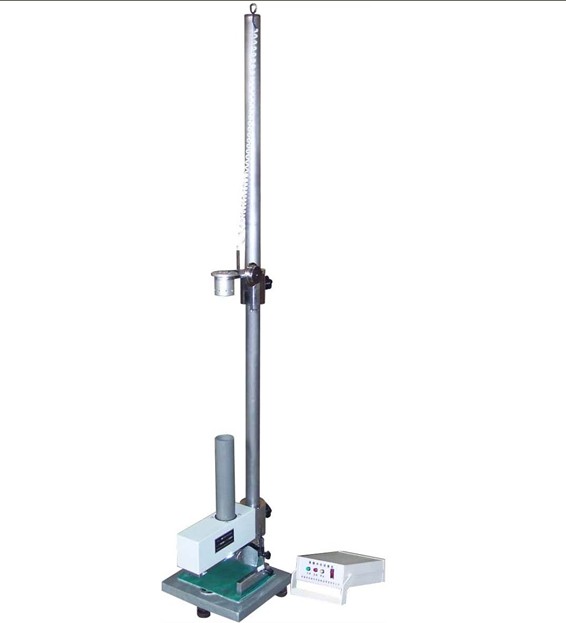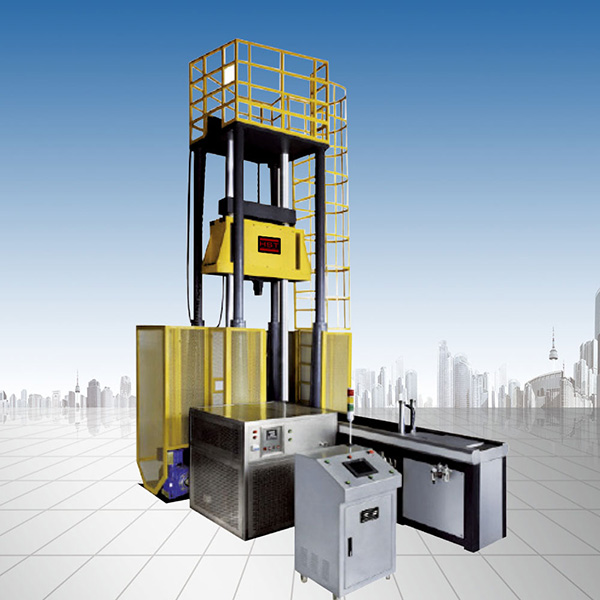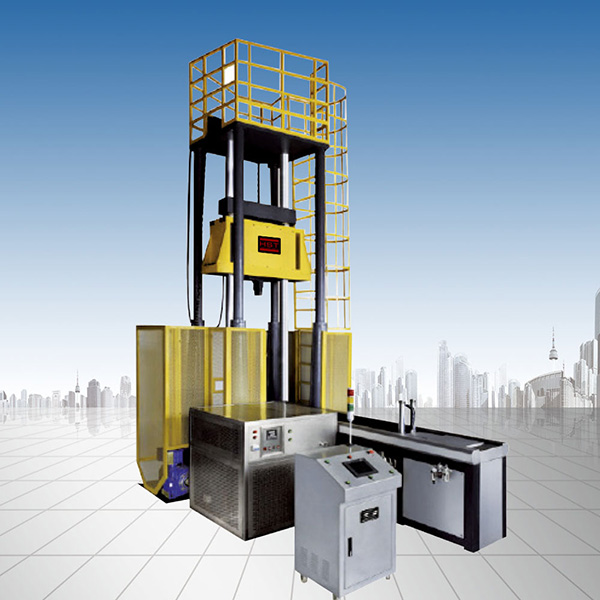News
Structure and use of metallographic microscope
Release time:2019-07-30 source:Jinan Hengsi Shanda Instrument Co., Ltd. Browse:
Metallographic microscope is a high-tech product developed and developed by perfectly combining optical microscope technology, photoelectric conversion technology, and computer image processing technology. It can easily observe metallographic images on computers, thereby analyzing metallographic images, ratings, and outputting and printing pictures. Today, the editor will tell you about the structure and use of metallographic microscopes. Let’s take a look.

(I) Basic Principles of Metallographic Microscopy
An optical microscope that studies the internal structure of metals and alloys is called a metallographic microscope.
A convex lens can enlarge an object to image, but a single lens or a group of lenses has limited magnification. If the image that was first enlarged is re-magnified using another set of lenses, a higher magnification can be obtained. Metallographic microscopes are designed based on this principle, and their magnification imaging principle is as follows.
There are two sets of magnifying lenses in the metallographic microscope. A group of lenses close to the object is called objective lenses, and a group of lenses close to the eye is called eyepieces. The object ab is placed slightly farther from the front focal point f1 of the objective lens. The light reflected by the object passes through the objective lens. After refraction by the objective lens, an enlarged inverted solid image a1b1 is obtained, which is located just within the front focal point f2 of the eyepiece. Therefore, the eyepiece enlarges it into an inverted virtual image a2b2 again. This is the object image we observed under the microscope after two magnifications.
(Bi) Performance of metallographic microscope
The performance indicators of microscopes mainly include magnification, resolution, depth of field, etc.
(1) Magnification m: refers to the product of the objective lens magnification m1 and the eyepiece magnification m2.
m=m1xm2
(2) Resolution d: reflects the ability of the microscope to clearly distinguish the minimum distance mapping between two points on the sample by the microscope. The smaller the d value, the higher the discrimination rate. It is an important property of microscopes.
Where: λ—the wavelength of incident light;
a—Numerical aperture of the objective lens;
(3) The depth of field is the vertical resolution of the microscope, which refers to the ability of the microscope to clearly image uneven objects.
(III) Structure of metallographic microscope
There are many types and forms of metallographic microscopes, mainly including three categories: table, vertical and horizontal. However, its basic structure is basically the same, usually consisting of three major systems: optical system, lighting system and mechanical system. Some microscopes also have photography devices, polarized light accessories, etc. to expand the function of the microscope. The structure of the domestic 4x bench-type metallographic microscope is shown in Figure 2. This type of microscope is light in structure, simple in operation and wide application.

(IV) The use of metallographic microscope
1. According to the magnification requirements required for observing the sample, the objective lens and eyepiece are correctly selected and installed on the objective lens base and in the eyepiece barrel respectively.
2. Adjust the center of the stage and the center of the objective lens, place the prepared sample in the center of the stage, and the observation surface of the sample should be facing downward.
3. Insert the bulb of the metallographic microscope on the low-voltage transformer (6~8v), and then plug the transformer plug into the 220v power socket to make the bulb illuminate.
4. Turn the coarse focus handwheel to lower the stage so that the surface of the sample observation is close to the objective lens; then turn the coarse focus knob in reverse and raise the stage so that the mold image can be seen in the eyepiece; finally turn the fine focus handwheel until the image is clearest.
5. Adjust the aperture stop and field stop appropriately, and choose appropriate filters to obtain an ideal object image.
6. Move the stage back and forth, left and right, and observe different parts of the sample to comprehensively analyze and find the most representative microstructure.
7. After the metallographic microscope is observed, the power supply should be cut off in time to extend the service life of the light bulb.
8. After the experiment, you should carefully remove the objective lens and eyepiece and check for any pollution such as dust. If there is any pollution, you should gently wipe it with lens paper in time and then store it in a dryer to prevent moisture and mold. The microscope should also be covered with a dust cover at any time.
The structure and use of metallographic microscopes are introduced to you here. If you have any questions, please call us for consultation. Our company has always adhered to the principle of "quality first, service first, customer satisfaction". We have a professional pre-sales, in-sales and after-sales service teams to provide strong technical support to domestic and foreign users. Welcome new and old customers to visit and negotiate!
Data BankingRecommended productsPRODUCTS























